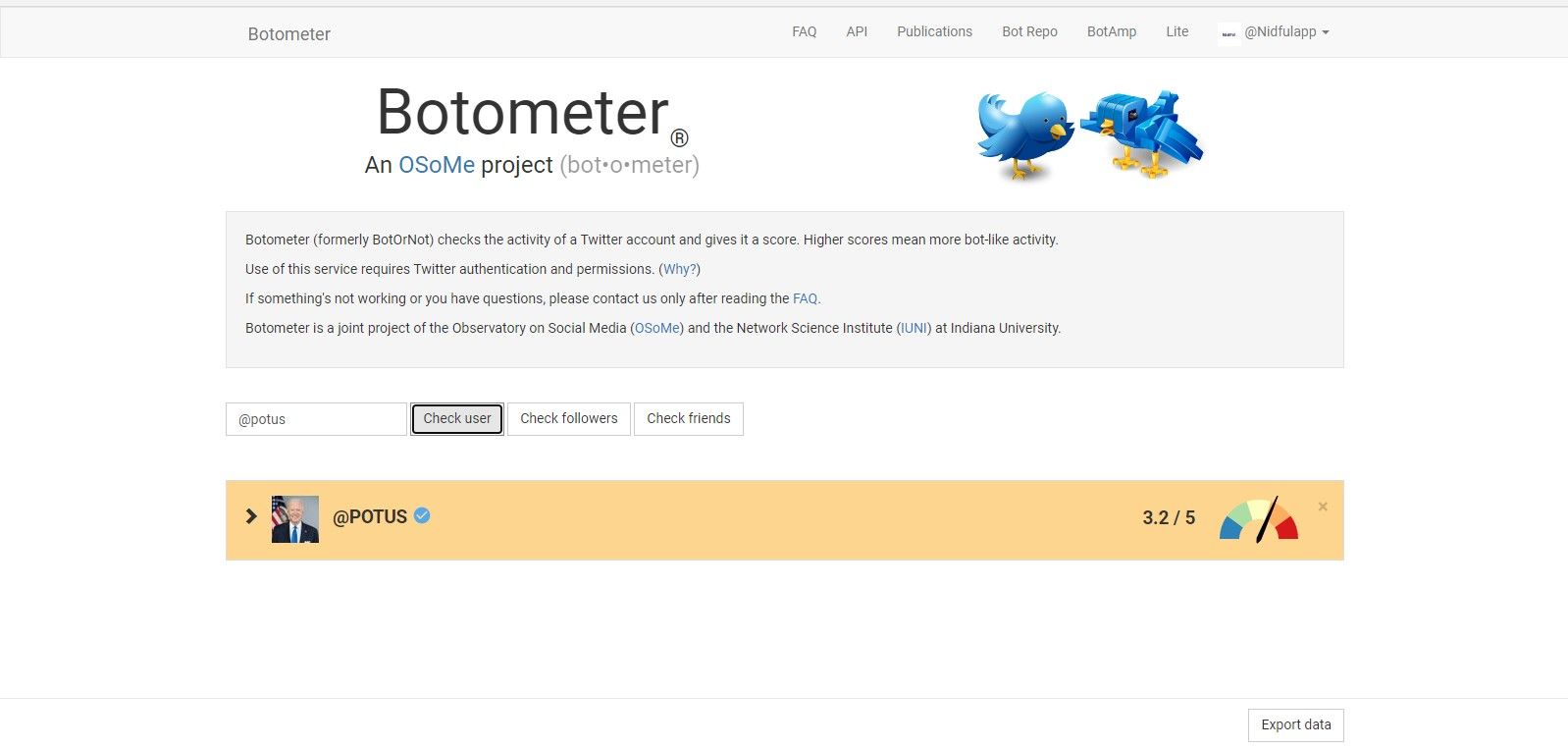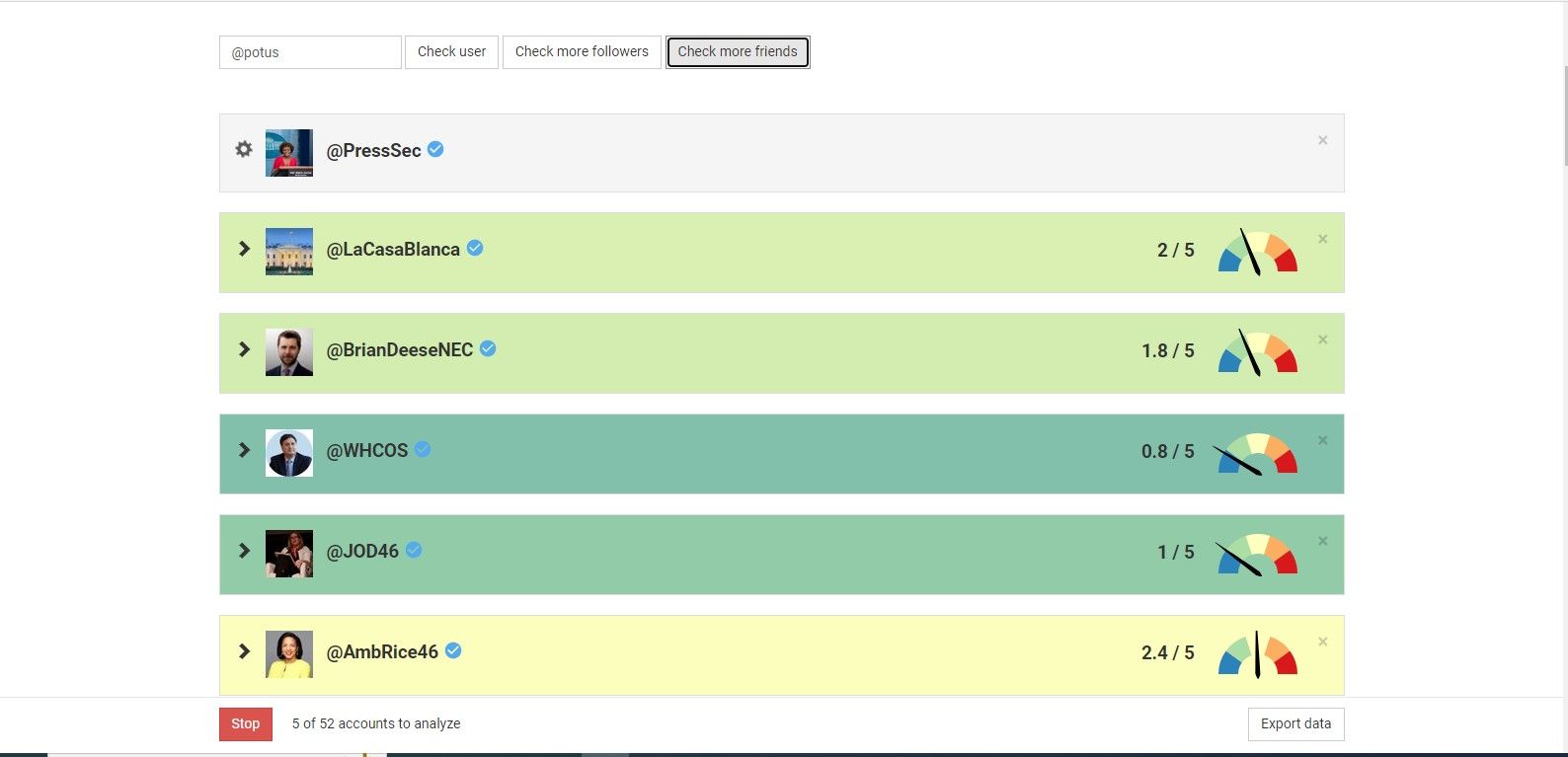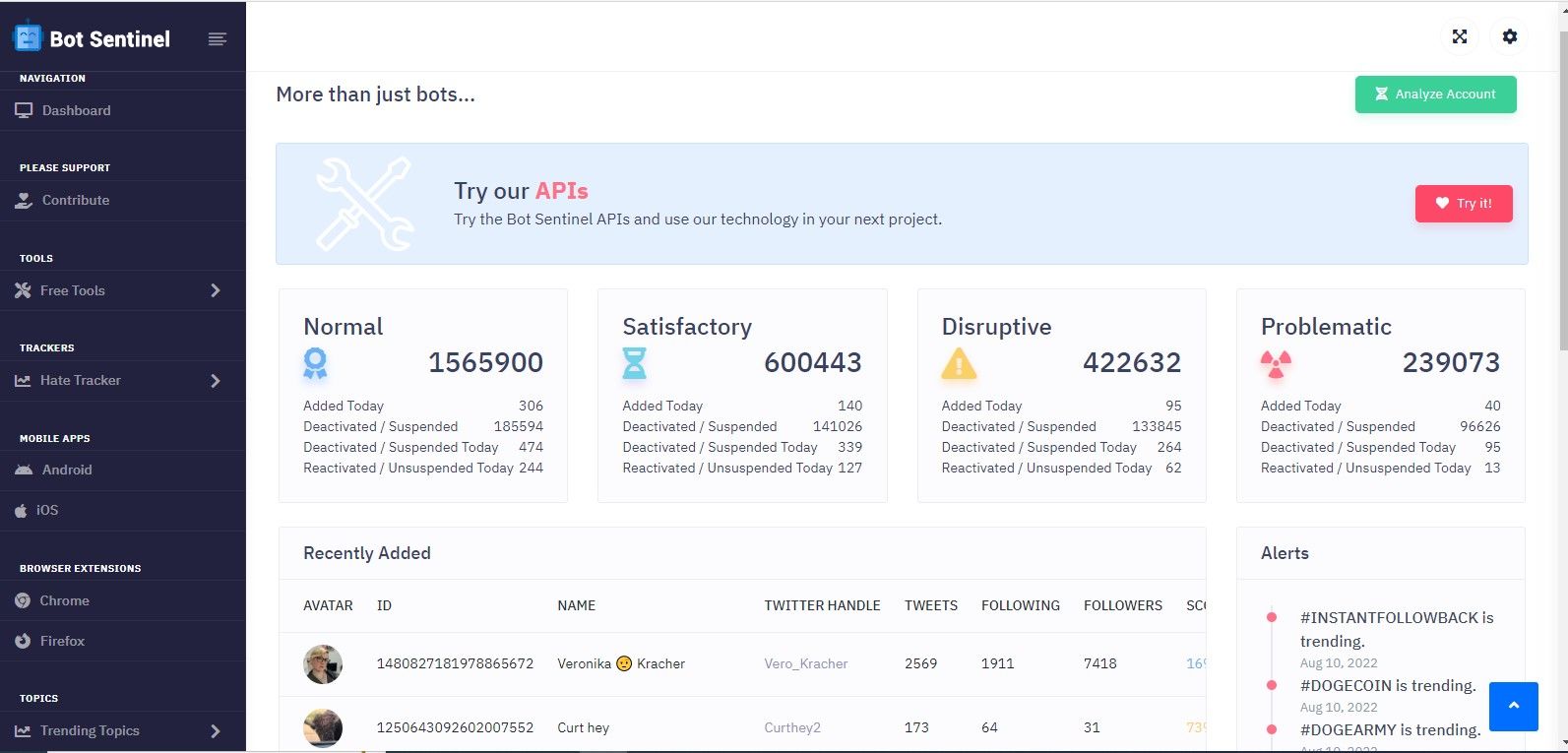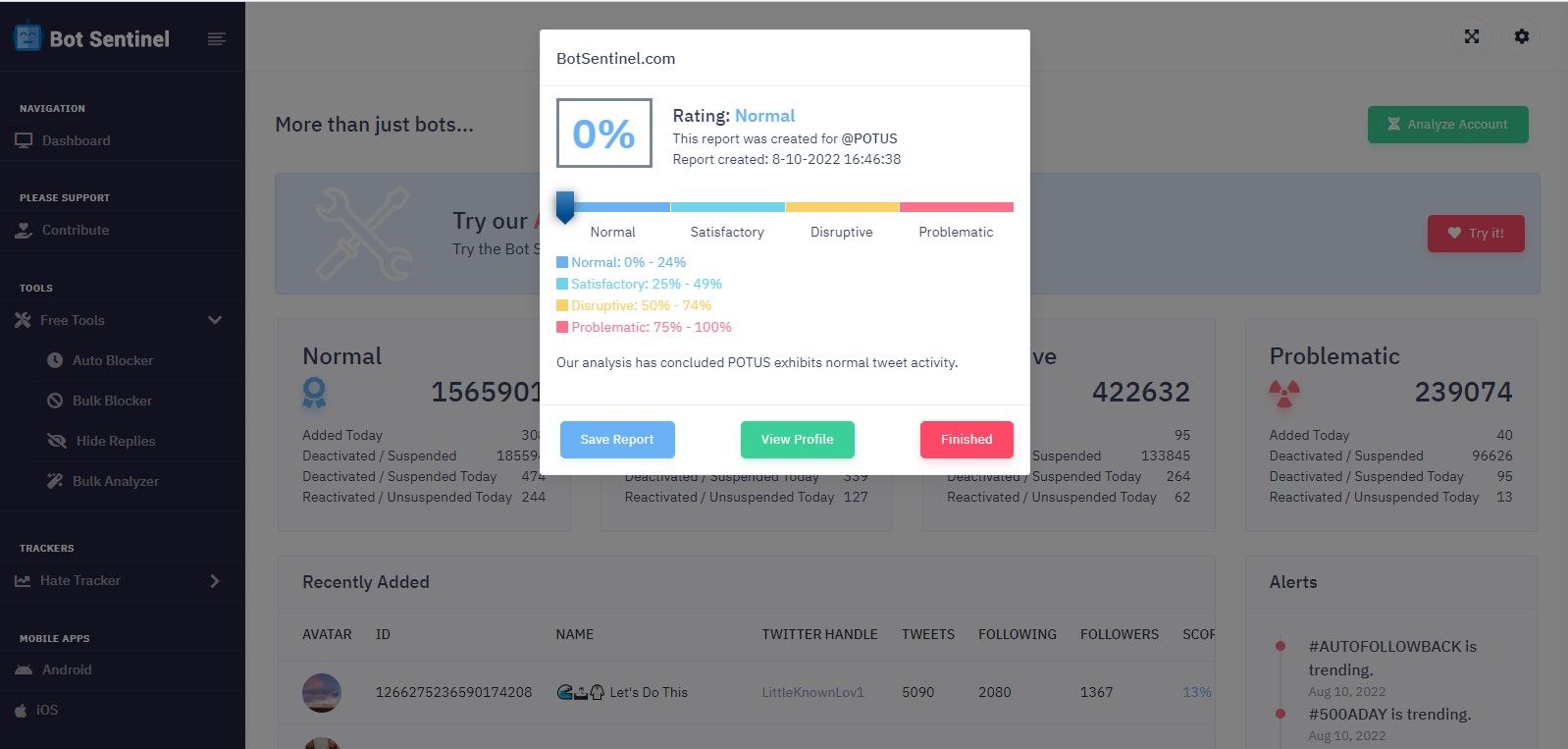How to Spot a Bot on Twitter
One of the best parts about using Twitter is having access to an endless stream of discussions on trending topics. From social and health conversations to government and geopolitical debates, Twitter has something for everyone.
Unfortunately, among the thousands of tweets that pop up on your Twitter timeline, a significant portion could be artificial opinions created to mislead the Twitter community. These constructed opinions—usually propagated by bots—can do a lot of damage. So how can you identify these bots to protect yourself from being misled?
Why should you care about Twitter bots?
Well, Twitter’s bot issues are a potential problem for anyone using the platform. Depending on whose stats you believe, there are between 10 and 50 million bots on Twitter. If you go by Twitter’s official stats that say 5% of active users are bots, then we’re looking at around 16 million bots on the platform.
With such a high density of bot accounts, there is a big chance that you have been influenced by them in one way or another. If you haven’t been influenced yet, it could happen sooner or later.
Some of those annoying comments that make you very angry might be from a bot. These tweets praising certain products could sometimes come from a bot to encourage you to buy. These artificial opinions could misinform you or subtly lead you to make ill-informed decisions.
The moment you mistake a bot for real people, you become vulnerable to their malicious schemes. However, not all bots are bad, we have already discussed the difference between good and bad bots. You can protect yourself from falling victim to bad bots by learning to distinguish organic tweets created by real people from those created and distributed by bots.
How to spot bots on Twitter
Here are four easy ways to tell a bot from a real person on Twitter.
1. Tweet history
Malicious bots are almost always created with an intent. It could be to influence elections or distort perceptions of certain societal issues. As a result, many bot accounts typically tweet and retweet almost exclusively about a specific agenda.
You’ll find that their tweets and replies are quite similar, and in some cases a “copy and paste” of their other replies. If you suspect an account is a bot account, click through to their profile and check the similarities in their tweets and replies.
2. Geographic Origin of Tweets
Some countries are more prone to creating malicious bots than others. An account that shows “bot-like activity” and is from a high-risk geographic location is more likely to be a bot than an account from other geographic locations. This is why “Russian bots” are a topic on Twitter.
Therefore, if an account’s tweets appear questionable and originate from countries associated with government-sponsored bot campaigns, you should treat such accounts with caution. However, it is important to clarify that there are also millions of legitimate users from these so-called high-risk locations.
3. Type of Tweets
Although Twitter bots vary in sophistication, many of them are typically not very advanced at creating tweets. Her poor ability to create intelligent and human-like responses might eventually sell her out.
Also, many bot tweets contain links, usually pointing to external resources that support the views they are trying to promote.
There’s a limit to how much you can do manually when trying to identify a bot. Some bots are very sophisticated, so there may not be any obvious signs that they are bots.
In addition to using your intuition and the tips we’ve shared, there are some web-based tools you can use to narrow down whether an account or group of accounts are bots or not.
botometer
Botometer is a web-based bot detection tool that allows you to distinguish a bot account from a human-operated account in a few seconds. Developed and maintained by Indiana University, the bot detection platform uses a wide range of datasets to calculate a “probability score” that an account is a bot.
The score is displayed on a scale of 0 to 5, with zero representing the lowest probability that the account is a bot and five representing the highest probability that it is an automated account.
- To use the tool, visit the Botometer homepage on your desktop or mobile browser
- Enter the Twitter handle of the account you want to check in in the input field marked @Stage name.
- Tap the button labeled Check user and wait for the tool to complete the analysis and present a score.
If you still have doubts about the results of the analysis, you can go further by analyzing the followers of the account in question. To do this, after entering the Twitter username, check instead of tapping it Check userstap on Check followers. A disproportionate number of bot followers increases the likelihood that the account is a bot account.
It’s important to emphasize that meeting just one of the criteria we’ve listed isn’t enough to conclude that an account is a bot.
Bot sentinel
Bot Sentinel is one of the most powerful and accurate Twitter bot detection platforms you can find. All you need to verify if an account is a bot is the account’s username. Aside from checking a single account, you can analyze all the accounts that are interacting with your tweets.
Once you’ve authenticated your Twitter account on the platform, you can automatically scan your tweets for bot replies and, if necessary, hide the replies or automatically suspend the associated account with little to no human intervention. Bot Sentinel also has a large collection of recently flagged potential bot accounts for you to use for peer review.
While analyzing an account, Bot Sentinel also provides a list of topics that the account typically tweets about. To use the Bot Sentinel tool:
- Visit Botsentinel.
- Beat Analyze Account at the top of the page.
- Enter the username of the suspicious account with the @ symbol in the text entry box and click Submit.
An analysis of the account should appear in a few seconds. You can also find several other bot detection tools to play around with in the sidebar menu of the Bot Sentinel homepage.
Protect yourself from toxic bots
Despite all its weaknesses, Twitter is still one of the best places to get information on a wide variety of topics. As long as you decide to use the platform, it is important to protect yourself from the machinations of malicious users.
Don’t fall victim to misinformation and propaganda spread by bots on the platform. While there’s no one foolproof way to identify a bot, you’re welcome to use a combination of the methods we’ve shared to protect yourself from being misled.





